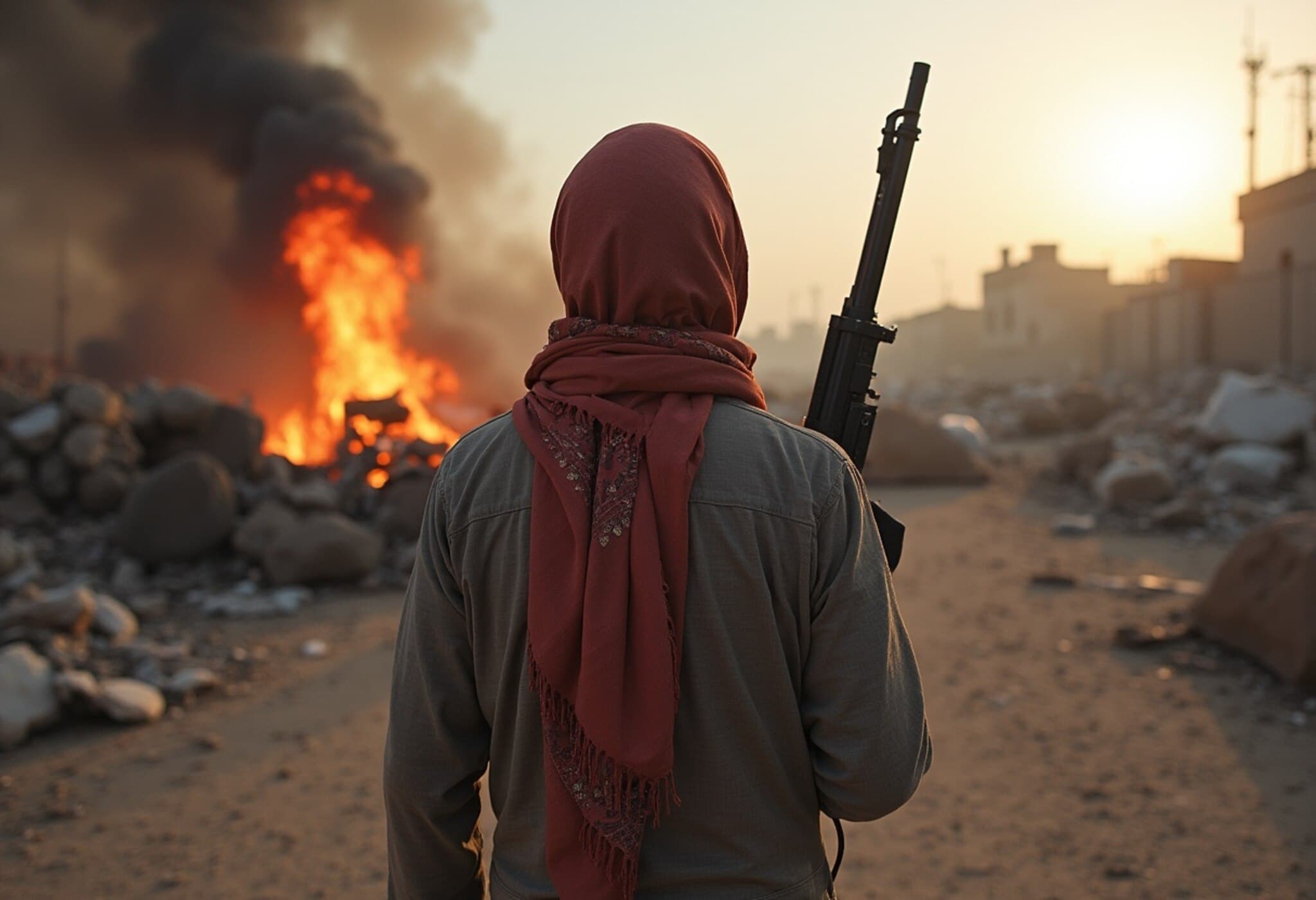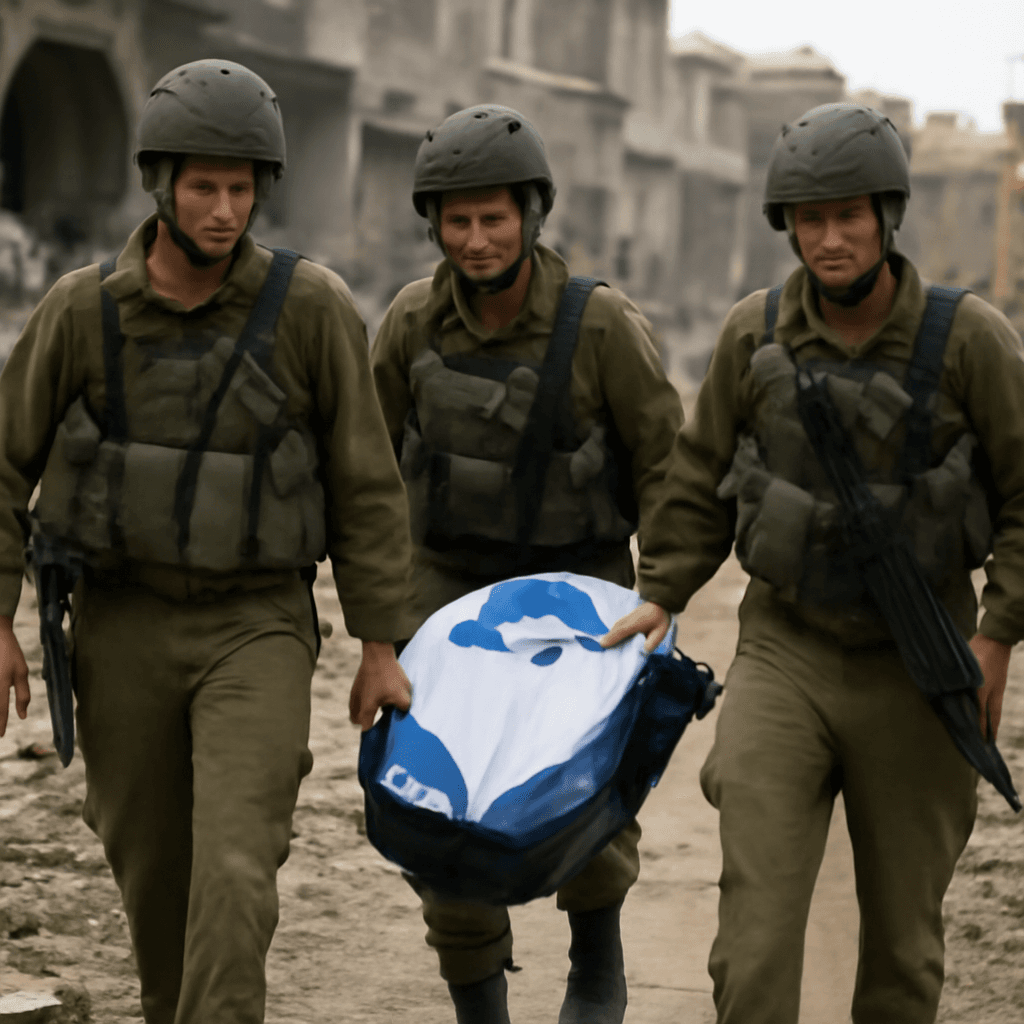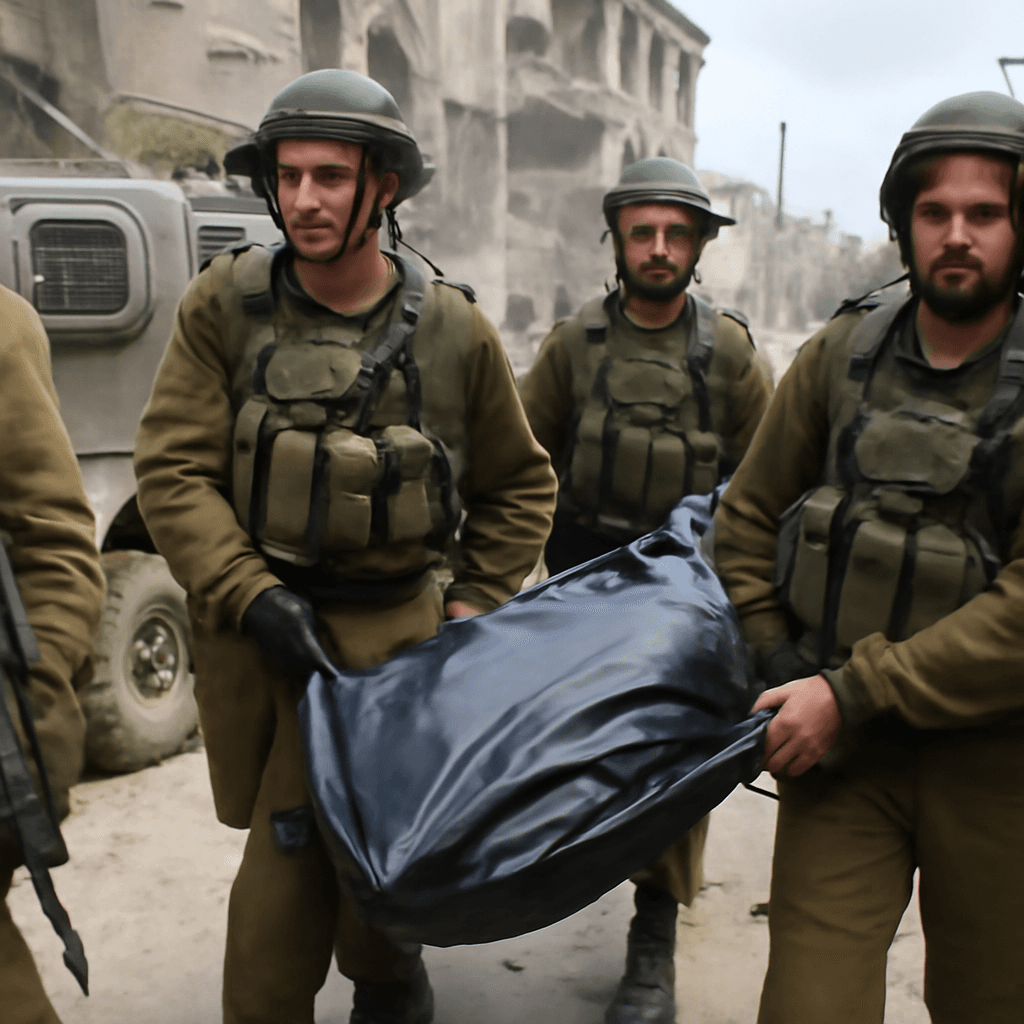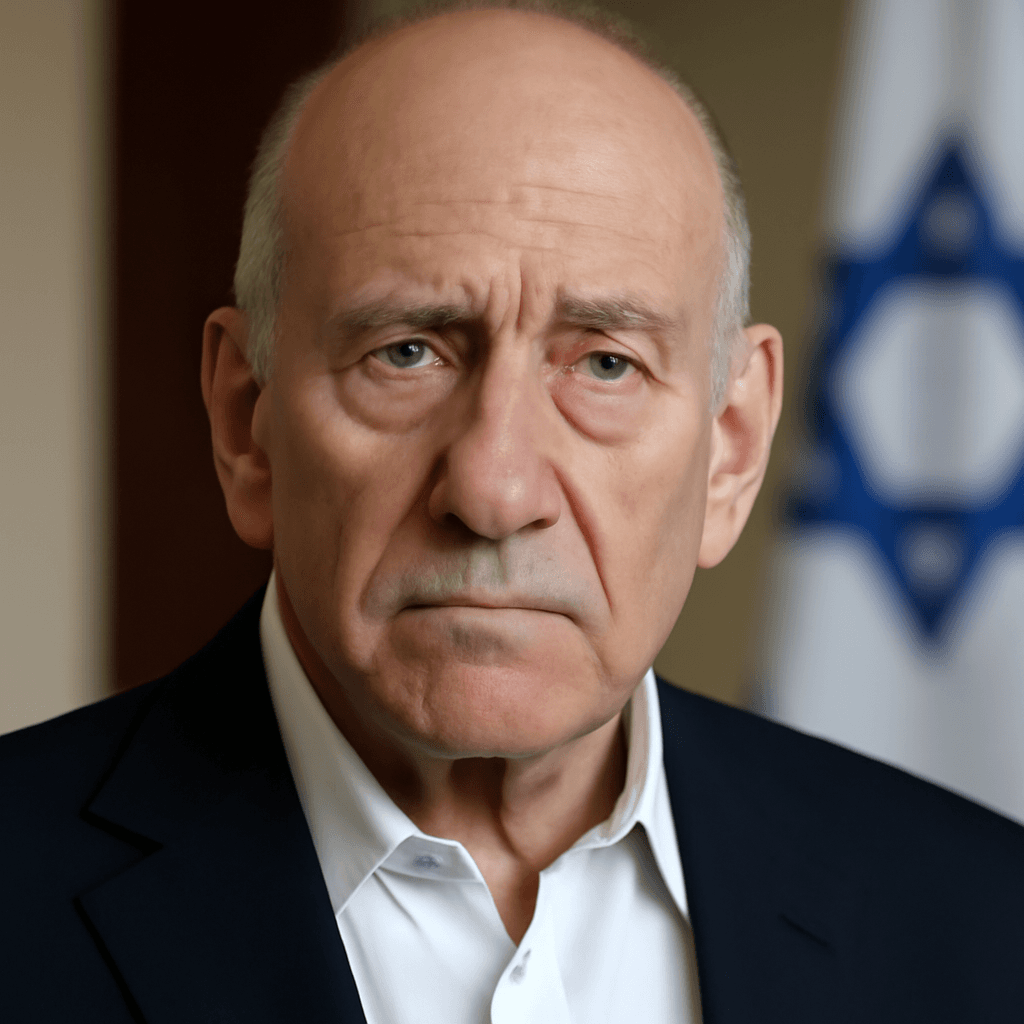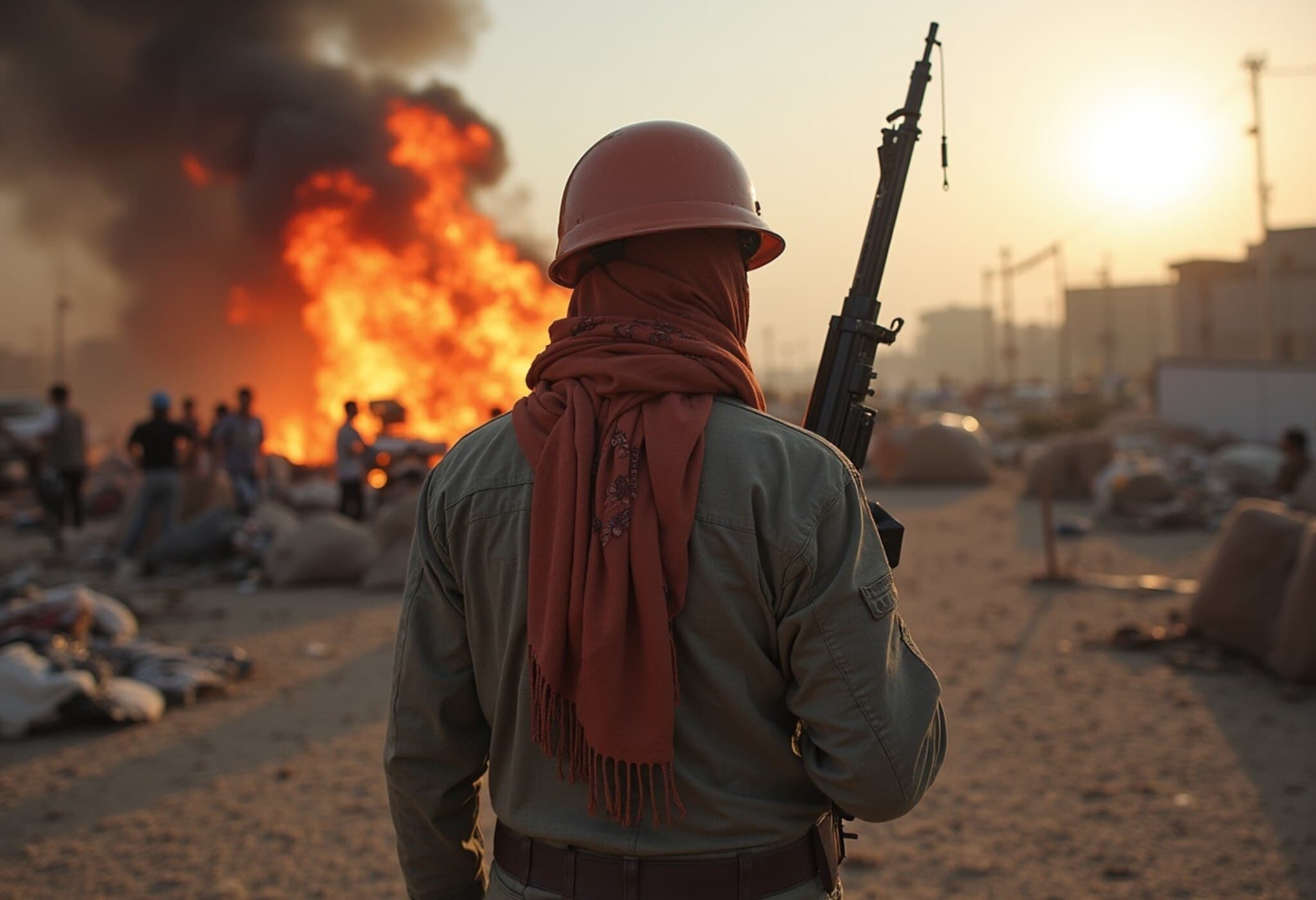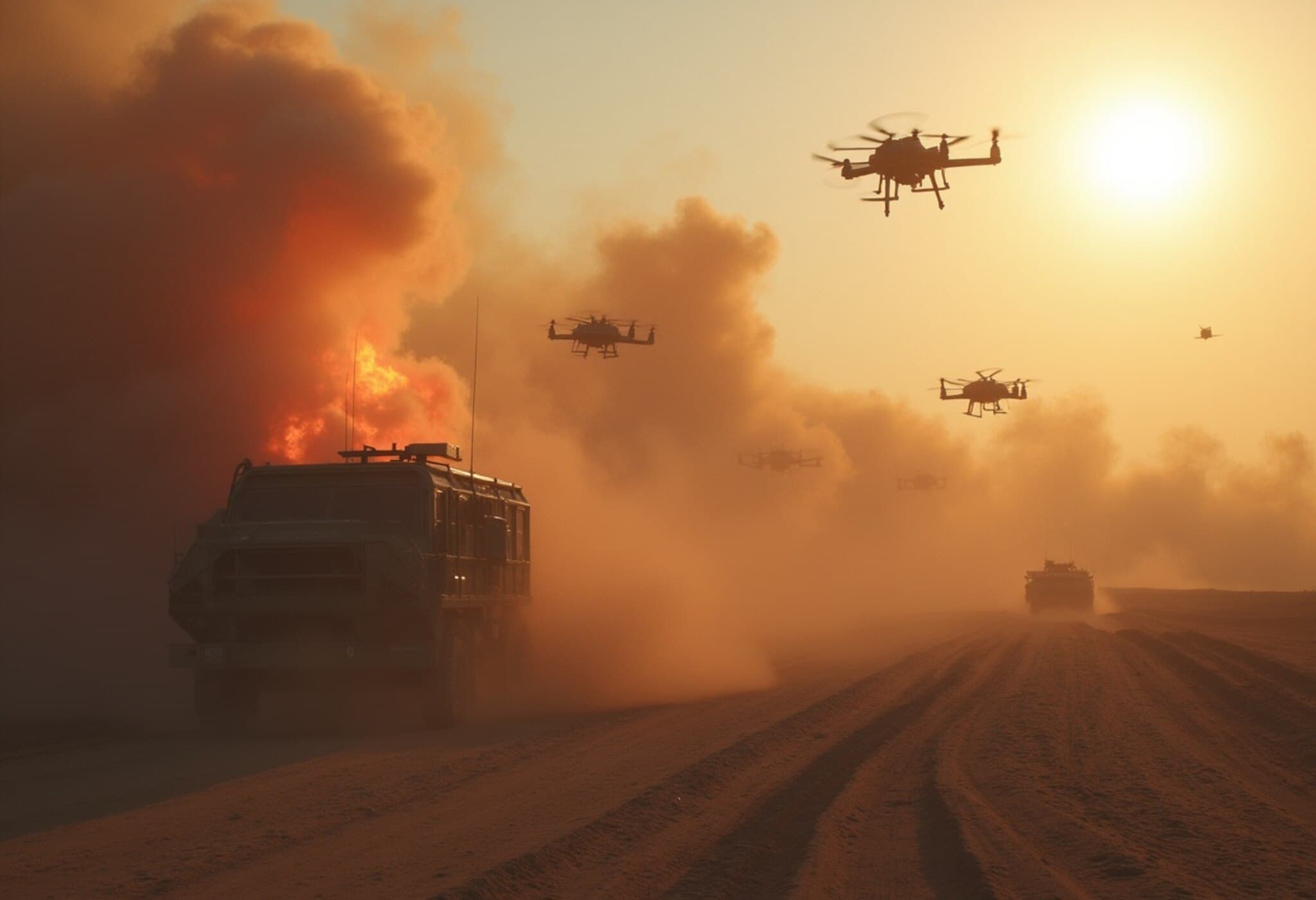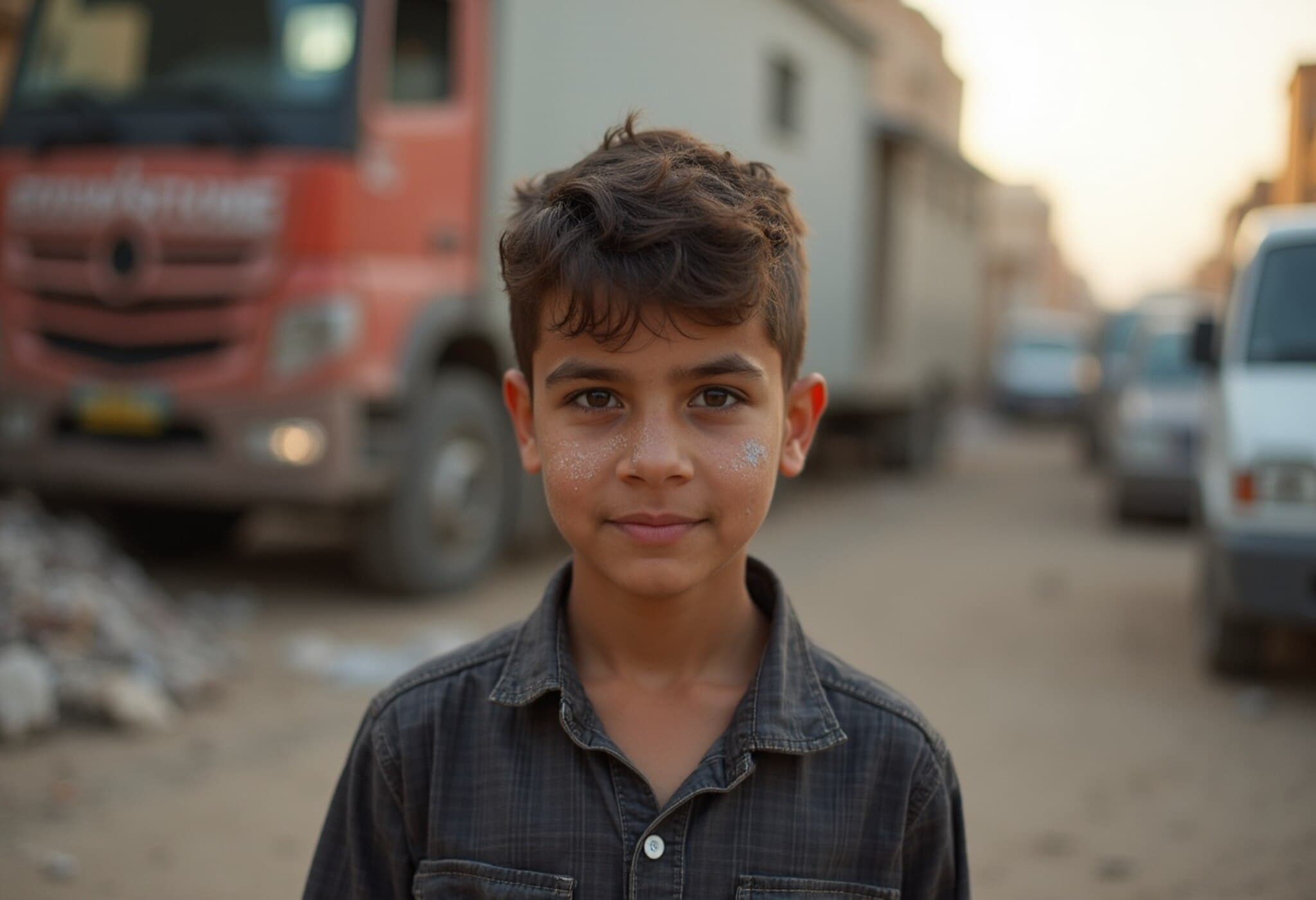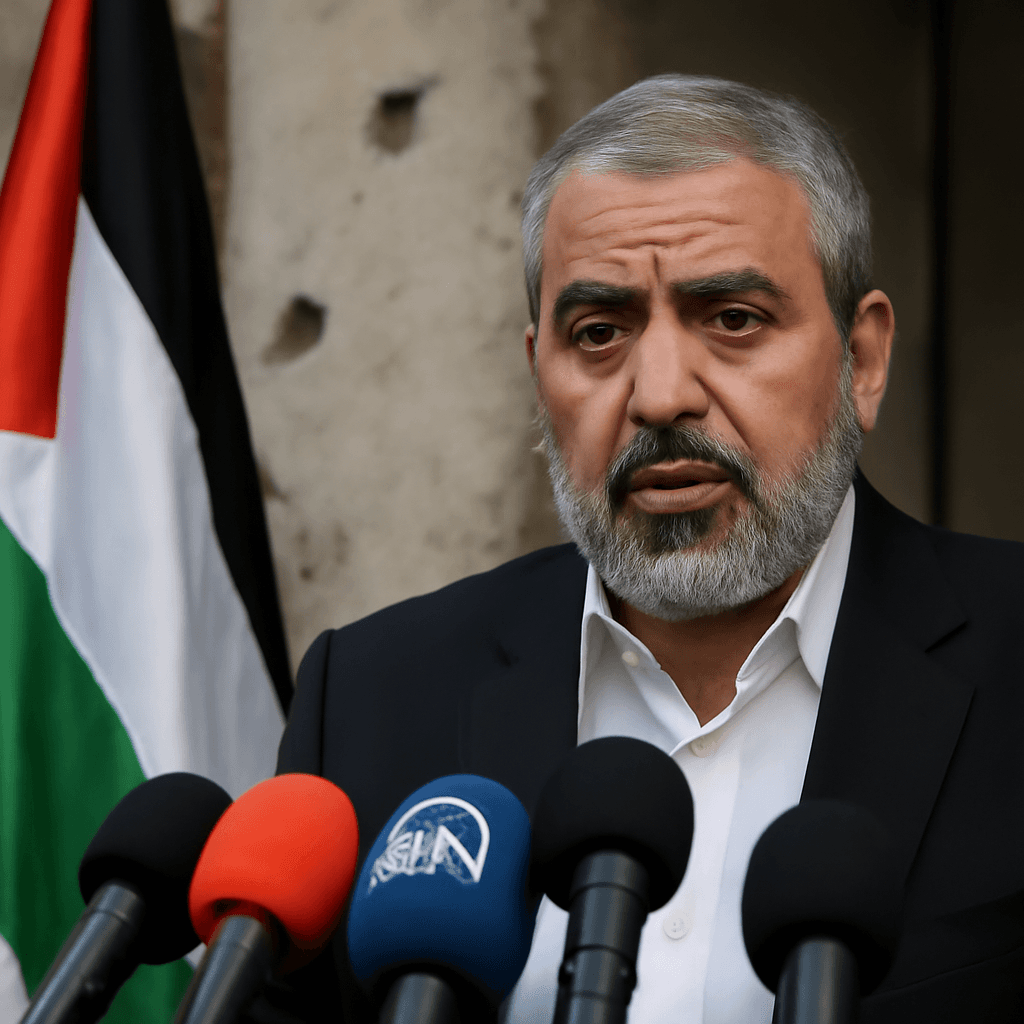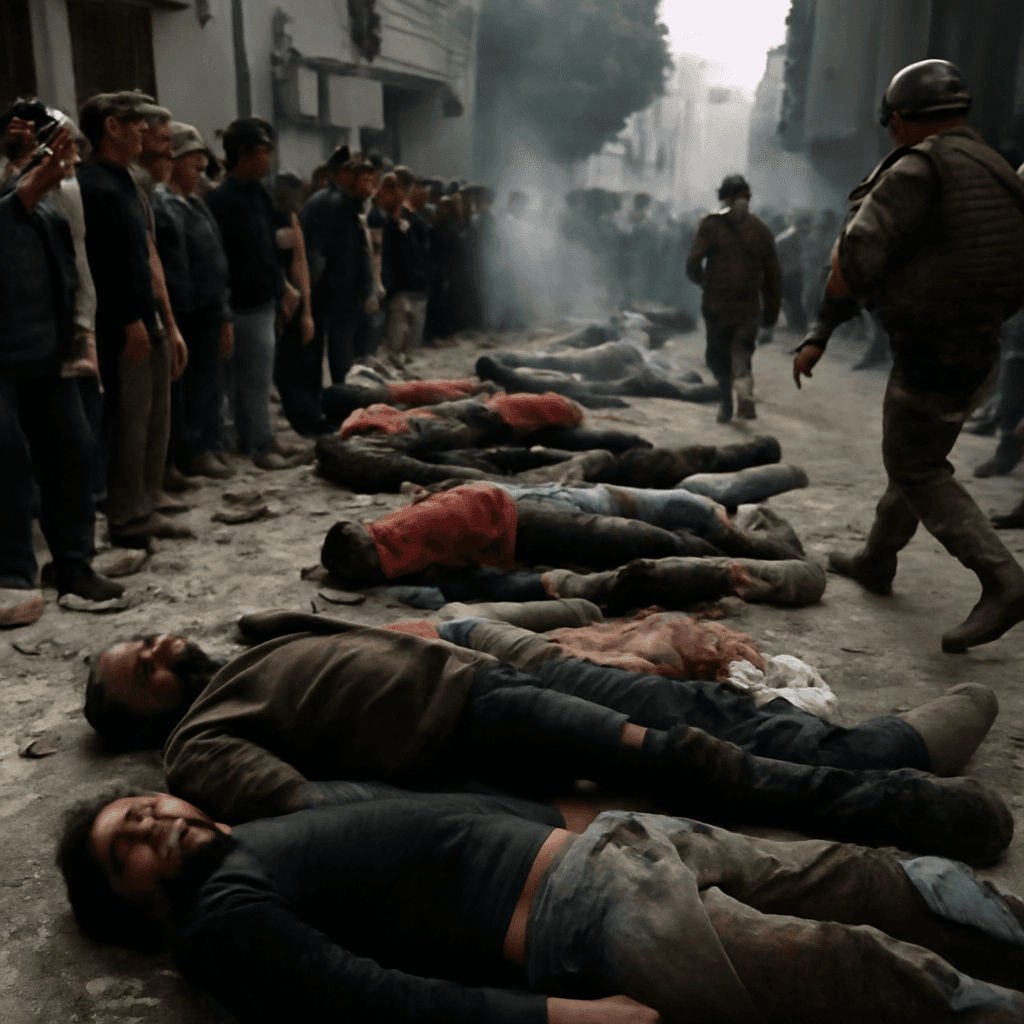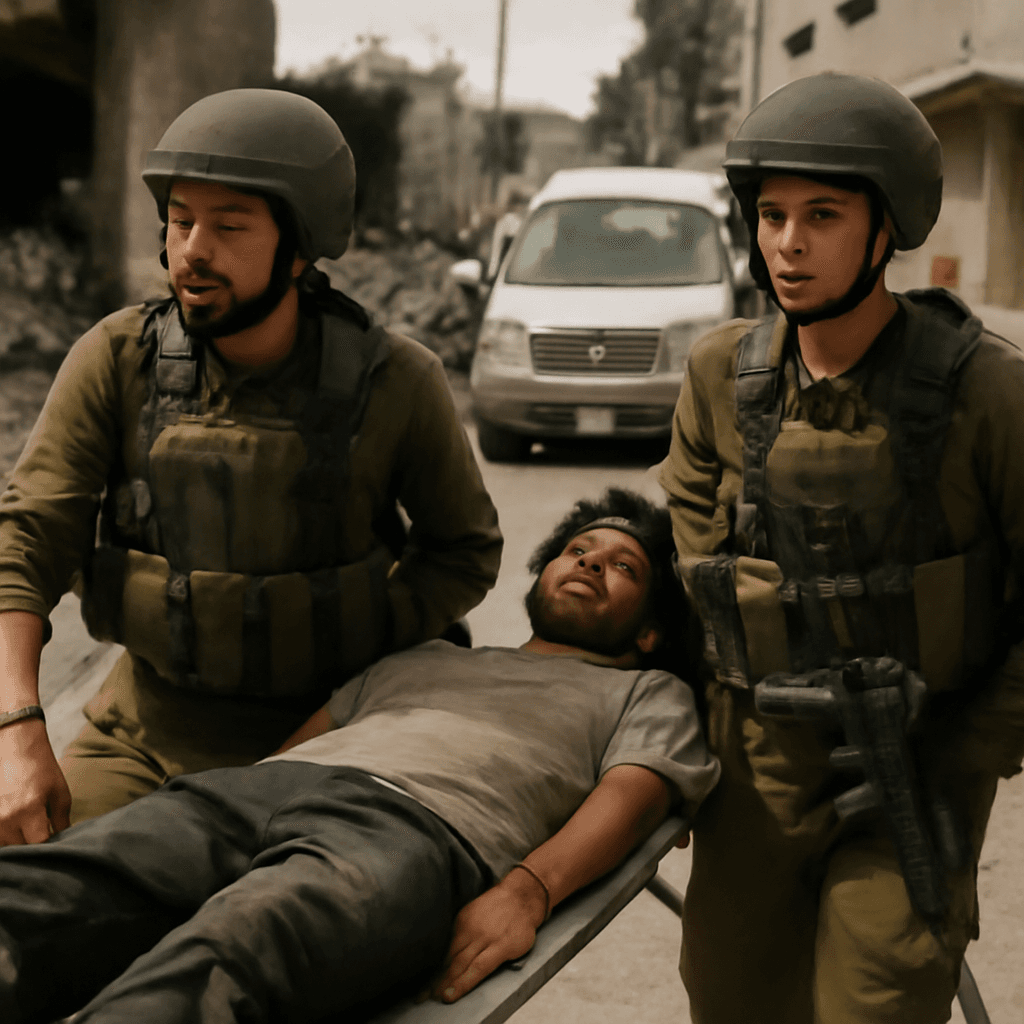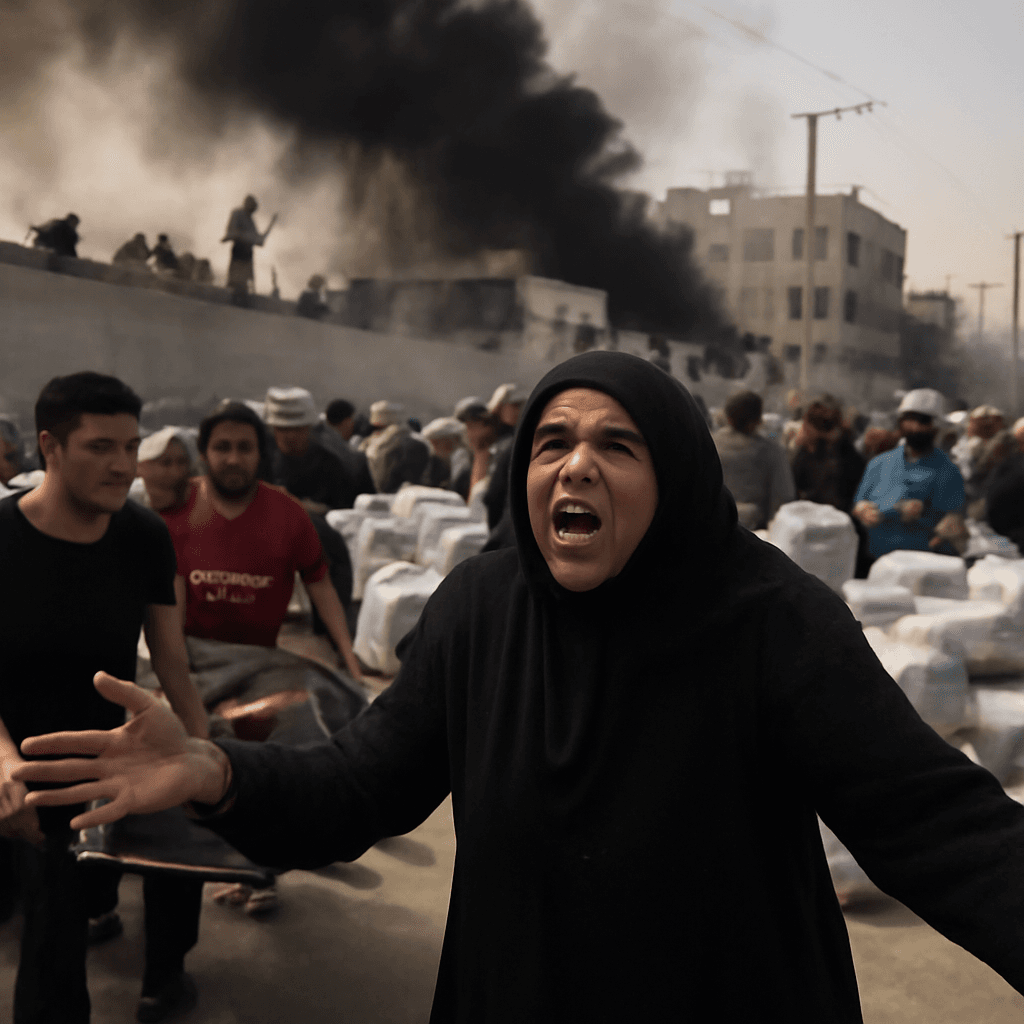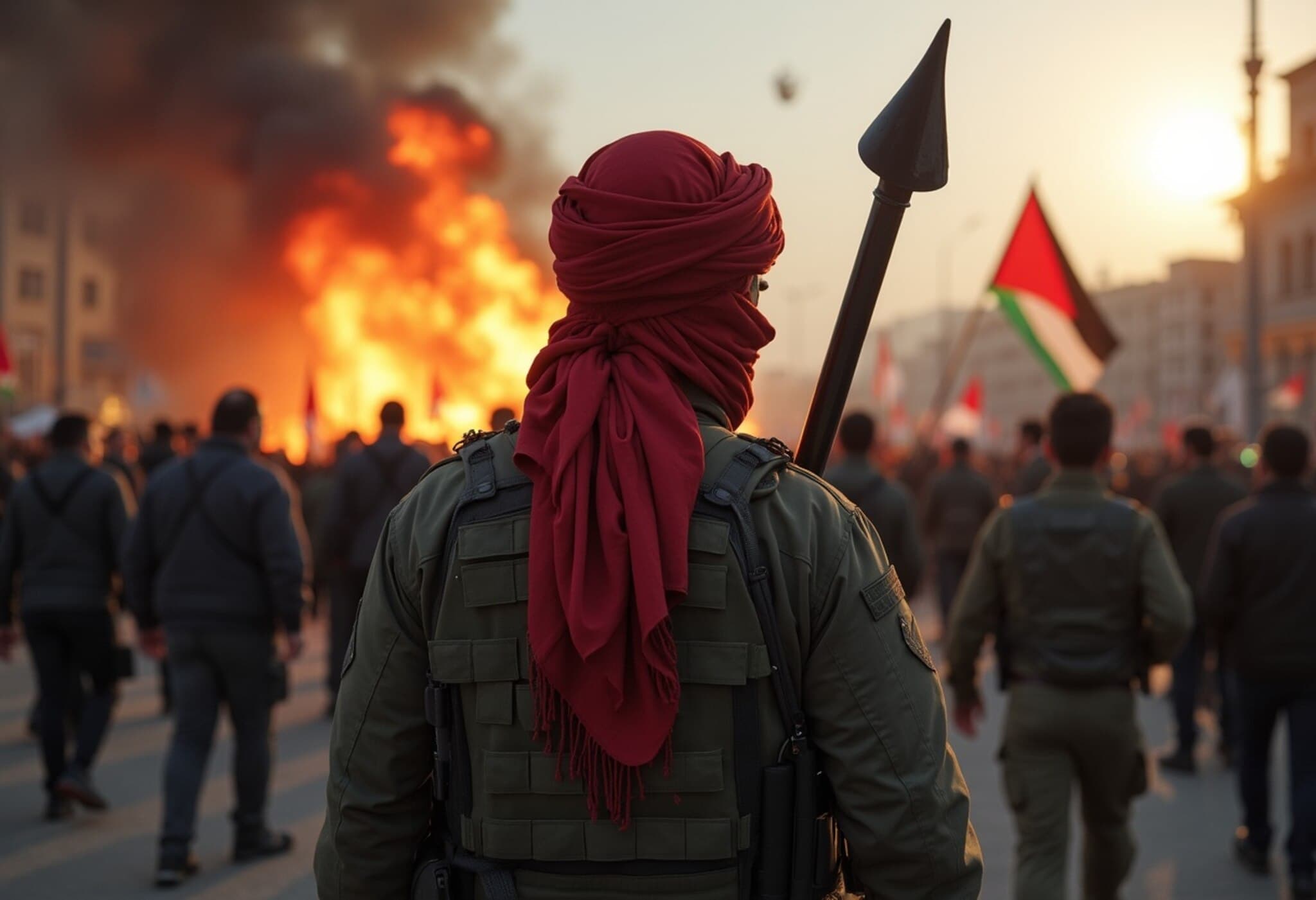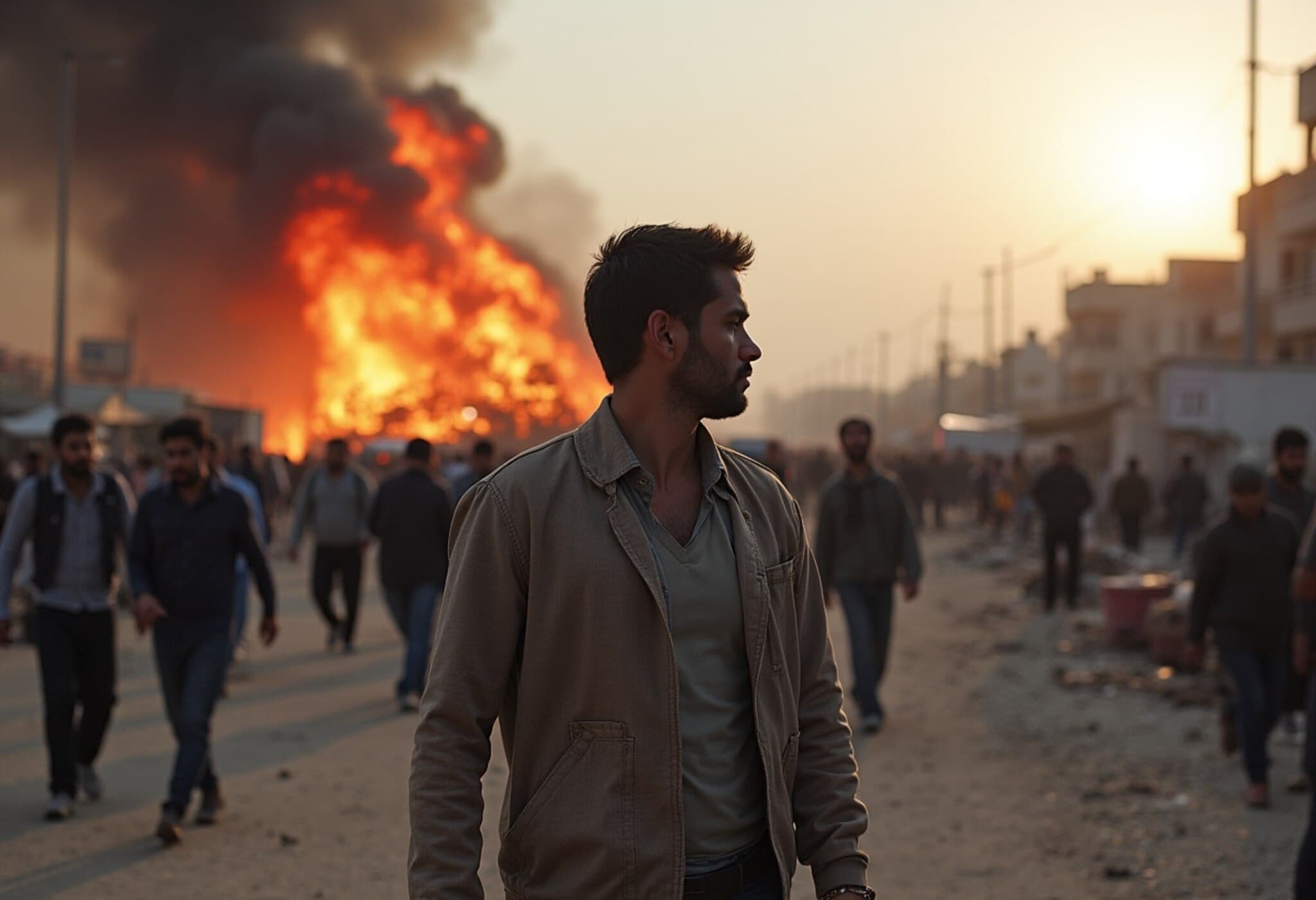Rising Tensions as Israeli Fire Targets Gaza Aid Seekers
In a deeply troubling development, Israeli forces opened fire near two aid distribution points managed by the Israeli-backed Gaza Humanitarian Foundation (GHF), killing at least 10 Palestinians who had gathered in desperate need of food. This tragic incident occurred just a day after US officials visited a GHF site, with the US ambassador lauding the system as “an incredible feat.”
Humanitarian Efforts Hampered Amid Growing Starvation
Despite international pressure and announcements of limited humanitarian pauses by Israel, the flow of essential aid to Gaza's over 2 million residents remains alarmingly insufficient. The situation is made worse by months of supplies languishing outside Gaza, awaiting Israeli approvals. When aid trucks do enter, rampant looting and interference by criminal groups reduce the volume of supplies that ultimately reach the needy.
Experts warn that Gaza is teetering on the brink of a famine crisis. The Gaza Health Ministry reported seven deaths within 24 hours linked to malnutrition, including a child. German government spokesperson Stefan Kornelius emphasized that current aid deliveries are “far from sufficient,” while the United Nations stresses that at least 500 to 600 aid trucks are needed daily to meet demand.
Hostages’ Plight Deepens Amid Starvation Fears
Families of the remaining 50 hostages in Gaza express growing concern over their survival, fearing they too are starving. Hamas recently released images of a severely emaciated hostage, Evyatar David, underscoring the dire conditions prisoners face.
Deadly Violence Near US-Supported Aid Sites
The north at Netzarim corridor, a familiar scene of chaos unfolded as crowds crowding near aid points faced gunfire. Witness Yahia Youssef recounted helping carry three wounded people and seeing others bleeding on the ground. Health workers confirm at least eight fatalities near this site. Meanwhile, in the southern city of Rafah near the GHF operations, at least two were shot dead. Hospitals in Khan Younis received multiple casualties.
Contrasting narratives from involved parties add complexity: while Israel’s military denies awareness of firing at these sites, the GHF maintains their private security used only pepper spray and warning shots. Israeli military officials have pledged to improve safety along aid routes.
Controversy Surrounds Gaza Humanitarian Foundation
Launched in May, the GHF was intended as an alternative to the UN aid system, which Israel accused of channeling supplies to Hamas militants—a claim dismissed by the UN due to lack of evidence. Conflict along these aid corridors has been deadly, with UN reports indicating 859 people killed near GHF sites from May to July, and additional casualties along UN-led convoy routes where Hamas police once provided protection before Israeli strikes targeted them.
Insufficient Airdrops and Calls for Established Aid Routes
Airdrop strategies led by a coalition including Jordan, Israel, UAE, Egypt, France, and Germany have proved dangerously inadequate, often placing vulnerable people at risk. Philippe Lazzarini, UN agency chief for Palestinian refugees, appealed on social media: “Let’s go back to what works & let us do our job,” urging for increased, safer, and more reliable truck deliveries.
Israel’s Military Campaign Continues Amid Escalating Civilian Toll
Further compounding the crisis, Nasser Hospital in Gaza reported receiving bodies following two Israeli airstrikes targeting displaced persons' shelters. Emergency services reported separate strikes killing entire families in Zawaida, Deir al-Balah, and Khan Younis.
Israel’s top general, Lt. Gen. Eyal Zamir, declared that combat will escalate without pause unless hostages are released—a grim indication that the conflict’s human cost will rise.
Hostage Families Frustrated with Stalled Negotiations
US President’s special envoy Steve Witkoff met with hostage families amid mounting frustration. Michel Illouz, father of a hostage, expressed disappointment, stating he heard “nothing practical” and no clear timeline for resolution. Protesters have urged Israel’s government to negotiate peace to end the war and free those trapped in conflict zones.
Gaza’s Devastation Deepens Amid Ongoing War
Displaced Gazans attempting to return to their homes are met with rubble and destruction. Mohamed Qeiqa lamented the ruins, stating, “Where will people settle?” The war, ignited by Hamas’s October 7, 2023 attacks on southern Israel, has claimed over 60,400 Palestinian lives, with women and children comprising more than half, according to the Gaza Health Ministry. The ministry also reports 93 child and 76 adult malnutrition-related deaths since late June.
Editor’s Note
This cycle of violence targeting aid seekers and the ongoing humanitarian crisis in Gaza shines a stark light on the complexities of conflict-zone aid delivery. While political blame persists, the urgent need for safe, transparent, and efficient humanitarian access remains paramount. The deepening famine and civilian casualties underscore the high stakes for international actors and highlight the urgent need for renewed diplomatic engagement to end the suffering.
As the world watches, critical questions remain: How can humanitarian aid be secured without becoming a battlefield? What responsibilities do all parties bear to protect civilian lives? And will international diplomacy rise to the occasion before the toll grows even heavier?

